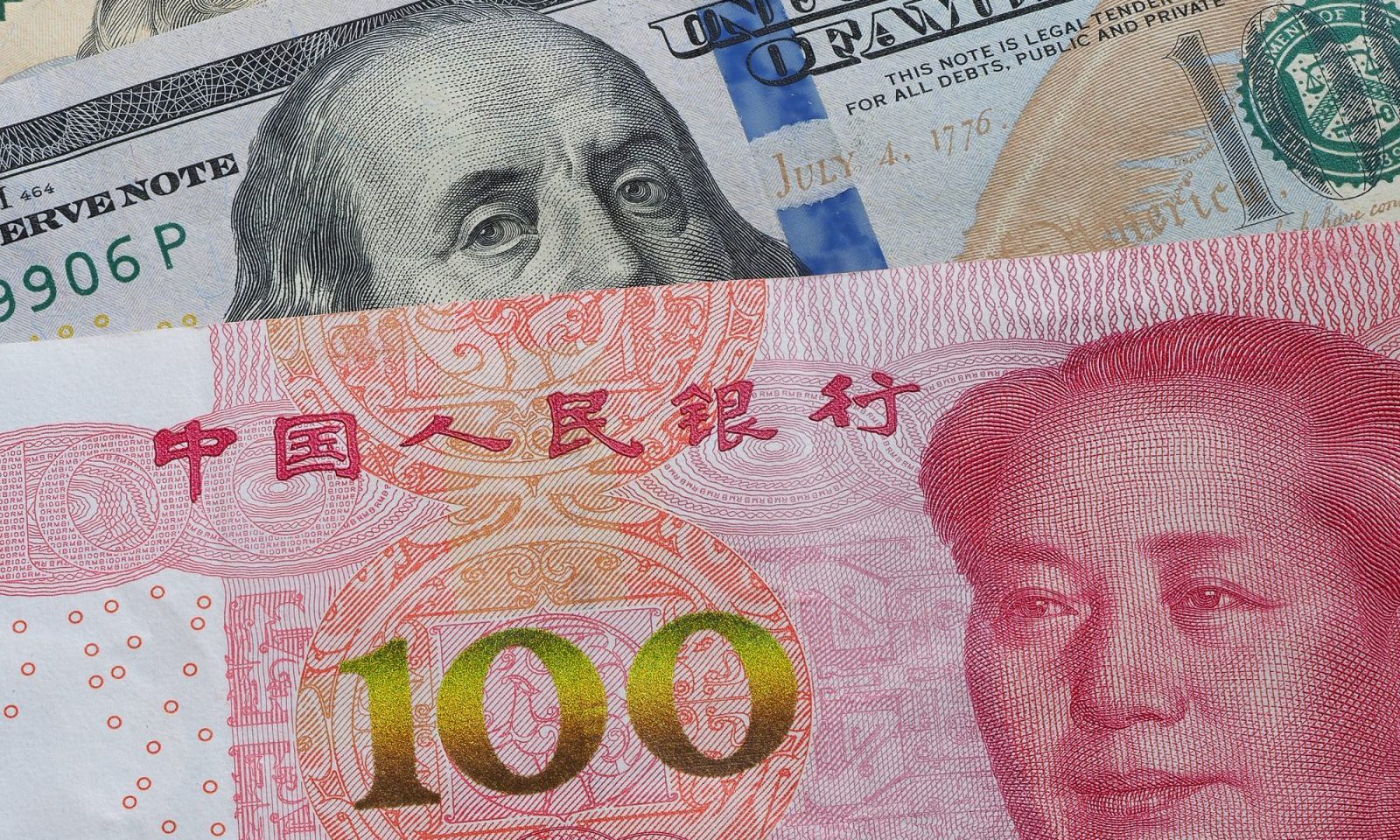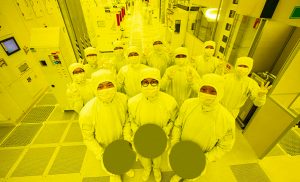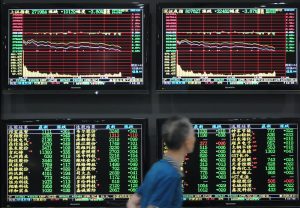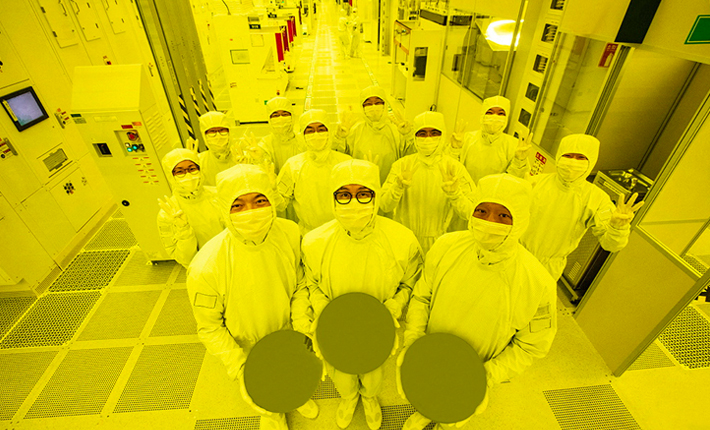(ATF) The People’s Bank of China (PBoC) set yuan parity at 7.0711 on Tuesday morning, stronger than the day prior and stronger as well than the May average of 7.0966. With that, parity has now risen every day in June.
What’s prompting the PBoC to set the yuan rate at relatively strong levels is the need to take into account strong capital inflows to Hong Kong and mainland China resulting from expectations for large China tech companies’ listings in HK in the near future and massive China trade surpluses.
The HKD traded at 7.75 at 6pm HK time, at the upper edge of its permitted trading band against the USD. Hedge-fund managers betting on a weak HKD or even a break of the HKD-USD peg have taken a bath and most have given up on a losing bet.
The yuan traded at 7.0884 at 6pm, the offshore yuan (CNH) stood at 7.0877, stronger than the onshore version, a signal that foreign money does not expect yuan weakening ahead.
Indeed, if – as expected – China’s May producer prices (PPI) reported later today comes in below the -3%-1% level recorded in April, upward pressure on the yuan will increase.
I stick to my three-month forecast of CNY in the 7.05-7.10 range.
The UDS (DXY at 96.9260, up 0.34%) strengthened somewhat as EU stocks and US futures declined after stellar runs. That explains the marginal weakening of the yuan.
If the PPI comes in deeper in deflation, the PBoC could be prompted to engage in early monetary easing to effect yuan stability.
























